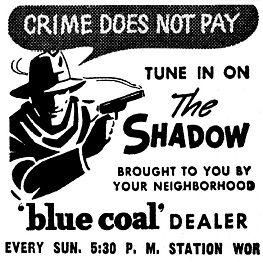
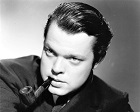 Who knows what evil lurks in the hearts of men? The Shadow knows!
Who knows what evil lurks in the hearts of men? The Shadow knows!
The Shadow (1937-1954) aired “Society of the Living Dead” on January 23, 1938 as its 18th episode out of approximately 690. Though only about 275 are known to still exist, the number is subject to change as new episodes are unearthed from time to time. This is the 32nd episode we have featured since 2009, our first since December of last year, and that only the 3rd in all of 2017. It is high time we offered another, for The Shadow has proved quite popular with Golden Age radio fans, and especially fans of the Shadow in both radio and magazine formats.
As we have done previously, the following is an abridged account of the character’s radio and magazine history for those coming to The Shadow for the first time. Long-time listeners may have forgotten some of the details, so if you are among them, refresh your memories or take a moment to grab your favorite beverage of choice before listening to this episode. We’ll wait.
The history of the Shadow character is long and storied. A bare bones synopsis begins on July 3, 1930 when the narrator of magazine publisher Street & Smith’s radio version of its pulp magazine, Detective Story Magazine, was given the name of The Shadow. This mysterious voice who merely introduced and narrated the radio show, but was not a character in any of the episodes, became so popular after it was taken over by Frank Readick, Jr. and his spooky, phantom laugh that on April 1, 1931 The Shadow magazine was born. It ran for 325 issues, 282 of them written by Walter B. Gibson (1897-1985) under the house name of Maxwell Grant.
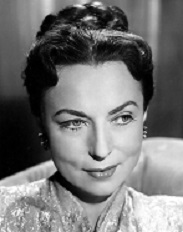 The Shadow debuted on radio on September 26, 1937 and delighted fans for more than seventeen years, closing shop on December 26, 1954. The radio show began its long run on the Mutual Broadcasting Network on Sunday evenings and was sponsored by Blue Coal. From its inception until just past its first year (Sept., 1937-Oct., 1938) the voice of the young 22-year-old Orson Welles (1915-1985, photo top right) would be heard as that of the Shadow, and Agnes Moorehead (1900-1974, photo at left) would play the role of “the lovely Margot Lane,” his “faithful companion” and aide. Following Welles’s departure Bill Johnstone became the Shadow. Johnstone (1908-1996) was then succeeded by Bret Morrison (1912-1978), who, in two stints (1943-44 & 1945-54), was radio’s the Shadow for ten of its seventeen years (though others besides these three mainstays would ascend to the role). Moorehead would also exit the show (in 1940) to follow Welles after he formed his Mercury Theater on the Air, as well as appear in several of the young genius’s classic films.
The Shadow debuted on radio on September 26, 1937 and delighted fans for more than seventeen years, closing shop on December 26, 1954. The radio show began its long run on the Mutual Broadcasting Network on Sunday evenings and was sponsored by Blue Coal. From its inception until just past its first year (Sept., 1937-Oct., 1938) the voice of the young 22-year-old Orson Welles (1915-1985, photo top right) would be heard as that of the Shadow, and Agnes Moorehead (1900-1974, photo at left) would play the role of “the lovely Margot Lane,” his “faithful companion” and aide. Following Welles’s departure Bill Johnstone became the Shadow. Johnstone (1908-1996) was then succeeded by Bret Morrison (1912-1978), who, in two stints (1943-44 & 1945-54), was radio’s the Shadow for ten of its seventeen years (though others besides these three mainstays would ascend to the role). Moorehead would also exit the show (in 1940) to follow Welles after he formed his Mercury Theater on the Air, as well as appear in several of the young genius’s classic films.
To arrest possible confusion arising from seeming inconsistencies between the print and radio versions of The Shadow it is important to note the following differences (though there are others):
The original print version of the Shadow portrayed him without any powers at all; he was a shadowy figure of the darkness, a cunning sleuth dedicated to overthrowing evil wherever he found it. It wasn’t until the radio version came along that he was imbued “with the power to cloud men’s minds” from a secret he learned in the Orient.
In The Shadow novels, Miss Lane’s first name was spelled Margo; for radio it was Margot.
In The Shadow novels, Margo Lane was not aware of the Shadow’s secret identity; for the radio scripts she was the only one who did know his secret identity.
In the magazine, the Shadow’s primary alter-ego was (eventually) revealed as that of Kent Allard; his radio alter-ego was Lamont Cranston.
“Society of the Living Dead” concerns an illegal immigration scheme being perpetrated by a criminal ring issuing false passports. The State Department is hot on their trail, but when the Shadow gets involved things begin to heat up quickly, and soon there are attempted murders and the Shadow finds himself on the edge of death, trapped in…but I shan’t tell where here. And if you thought the Shadow had but the lone power to cloud men’s minds so they could not see him, think again, then listen to this frightening episode, as it seems he has the power to…but that would be telling, wouldn’t it? A definite 10 on the noir scale, listen now to one of the earliest episodes of The Shadow, featuring the incomparable Orson Welles.
The weed of crime bears bitter fruit. Crime does not pay. –The Shadow
Play Time: 29:20
{After listening nearly hypnotized to this episode of The Shadow in late January of 1938 the neighborhood gang was not to be deterred by a cold trek to the corner newsstand. The Shadow (1931-49) was on a roll with a radio program and a magazine of his own–the magazine cranking out two full-length issues a month from 1932-43, then during the remainder of the war years cutting back to a modest monthly schedule. The Phantom Detective (1933-53) also was a staple among the masked pulp superheroes but with a different slant to many of his exciting adventures. It was a monthly in 1938. Thrilling Detective (1931-53) offered more straightforward but no less page-turning tales of assorted and sordid crime stories that tough detective and police work fought to thwart. It too was a monthly in 1938.}
[Left: The Shadow, Jan. 15, 1938 – Center: The Phantom Detective, Jan. 1938 – Right: Thrilling Detective, Jan. 1938]
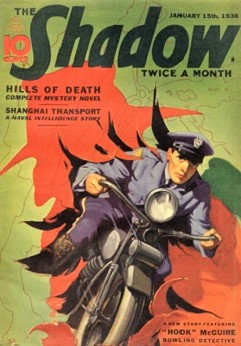
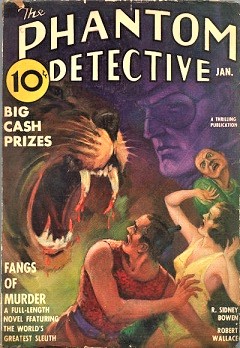
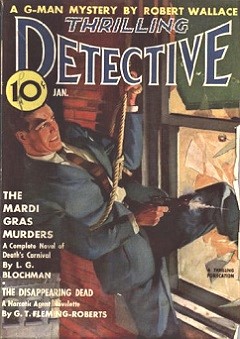
To view the entire list of weekly Old Time Radio episodes at Tangent Online, click here.